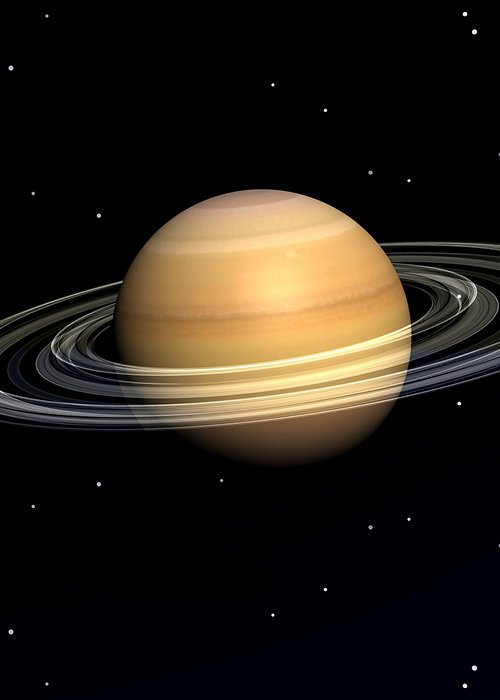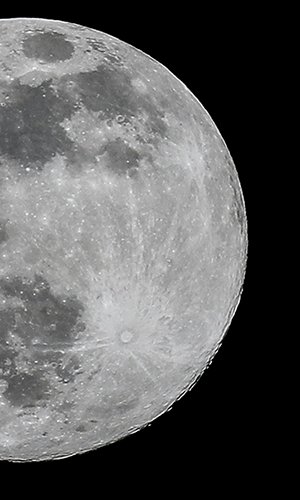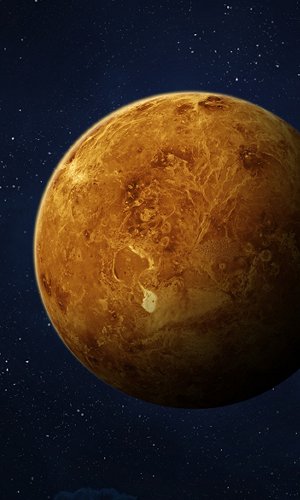This year the winter solstice is accompanied by a rare astronomical event: the conjunction of Jupiter and Saturn. The approach of the two giant planets has lasted months and has provided a spectacle that has become more fascinating each day, culminating today with the ‘great conjunction’ of Monday, December 21. Due to a perspective effect, the two celestial bodies, actually hundreds of millions of kilometres apart, will appear to be separated by only a tenth of a degree, one fifth of the diameter of the full moon in the sky. To the naked eye the two planets will be almost indistinguishable from each other, but merely by using binoculars or a small telescope it will be possible to observe the two planets in the same field of view. Precisely because the perspective effect may make them look like a single star, this astronomical event has been dubbed as the Christmas Star 2020.
Jupiter and Saturn regularly approach each other in their orbits every twenty years or so, but not all conjunctions produce such spectacular effects for observers from Earth. The last conjunction this close occurred about 400 years ago, on 16 July 1623. However, according to calculations, in that conjunction the two planets were too close to the Sun to be observed from Earth. We need to go back to the late Middle Ages, precisely to 4 March 1226, to find a celestial event of comparable magnitude to that of today. The two planets will be visible for less than two hours before dropping beyond the horizon, and by the following evening they will begin to slowly draw apart in the sky again, continuing along their orbits. Weather permitting, it is an opportunity not to be missed: it will not be possible to see such a close conjunction between Jupiter and Saturn until 2080.





